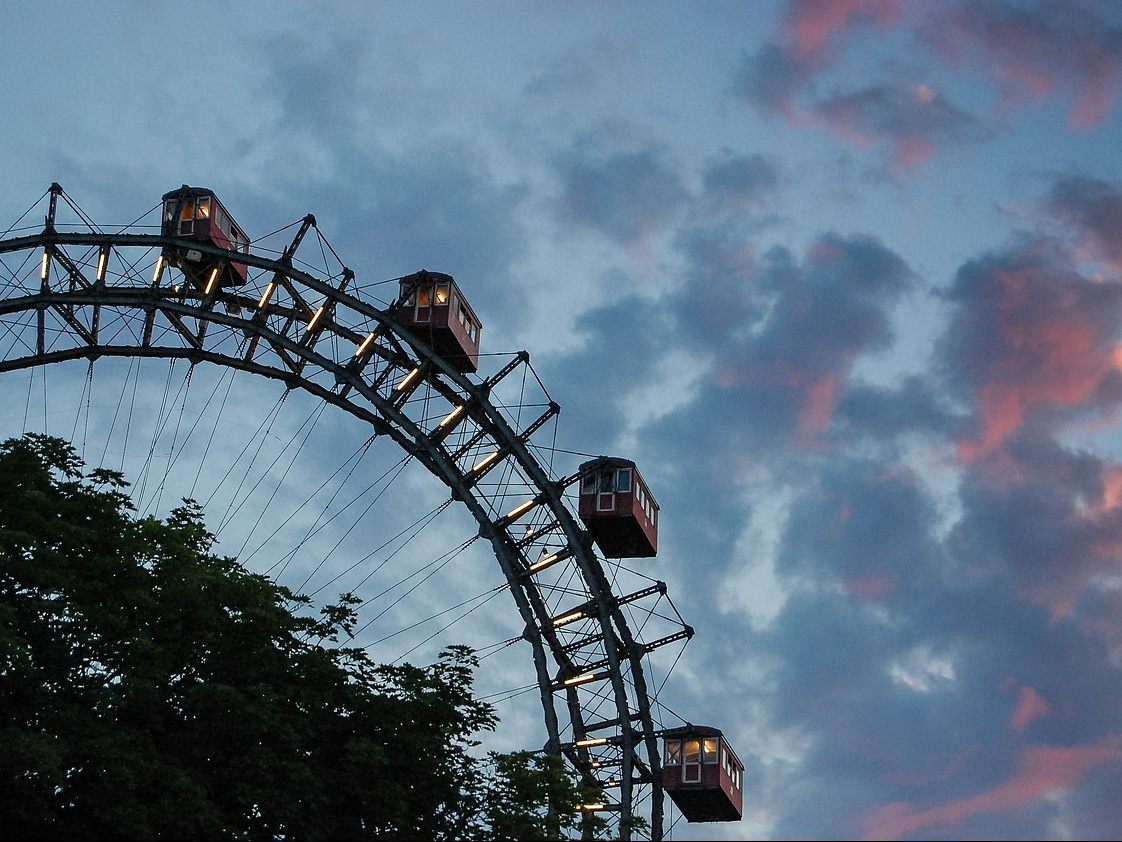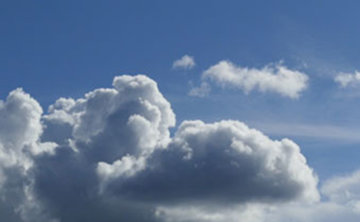Air Quality in Vienna Continues to Be Good

Overall, this year is once again one of the best in terms of air quality in Vienna - despite two periods of fine dust.
High Fine Dust Concentrations in Vienna Due to Sahara Dust and Inversion Weather Conditions
From March 29 to April 1, 2024, there was a massive influence of Sahara dust on Central Europe, leading to unusually high fine dust concentrations with daily average values above 50 µg/m³ at all fine dust measuring stations in Vienna. At some points, even measurements above 100 µg/m³ were recorded. Between November 8 and 12, a persistent inversion weather situation coupled with widespread pollutant transport in Central Europe led to another period of high fine dust pollution. However, throughout the entire year of 2024, daily average values above 50 µg/m3 were only measured on 6 days. In Austria, a maximum of 25 days with daily average values above 50 µg/m3 are allowed.
As early as 2019, compliance with EU limits for all air pollutants was observed for the first time at all measuring stations. Fifteen years ago, this seemed absolutely unattainable. The first year of the Corona pandemic (2020) reinforced this decreasing trend, especially due to sometimes significantly reduced traffic numbers due to lockdowns. As a result, for the first time in 2020, all Austrian limits, which are partly stricter than those of the EU, were also complied with. The subsequent years maintained this high level.
Positive Effects from Measures to Reduce Air Pollution in Vienna
"The air quality in Vienna is now consistently far better than at the turn of the millennium. Because we have achieved a great deal in air pollution control over the past 15 years, through measures at EU, federal and local level. But the further forecast is also very favourable: Through committed climate protection measures and the goal that Vienna should become CO2-neutral by 2040, the air quality in the city will be further improved," says Vienna's Climate City Councillor Jürgen Czernohorszky.
Vienna implements a multitude of strategies to reduce air pollution. These include improving the public transport system, the 365-euro ticket, parking space management, the continuous expansion of the bicycle path network, the use of low-emission vehicles, the promotion of electromobility and pedestrian-friendly urban planning. Furthermore, the thermal refurbishment of residential buildings, environmentally conscious construction sites, the increased use of district heating and an efficient winter service also actively contribute to air quality.
(Red)
This article has been automatically translated, read the original article here.





